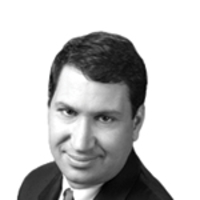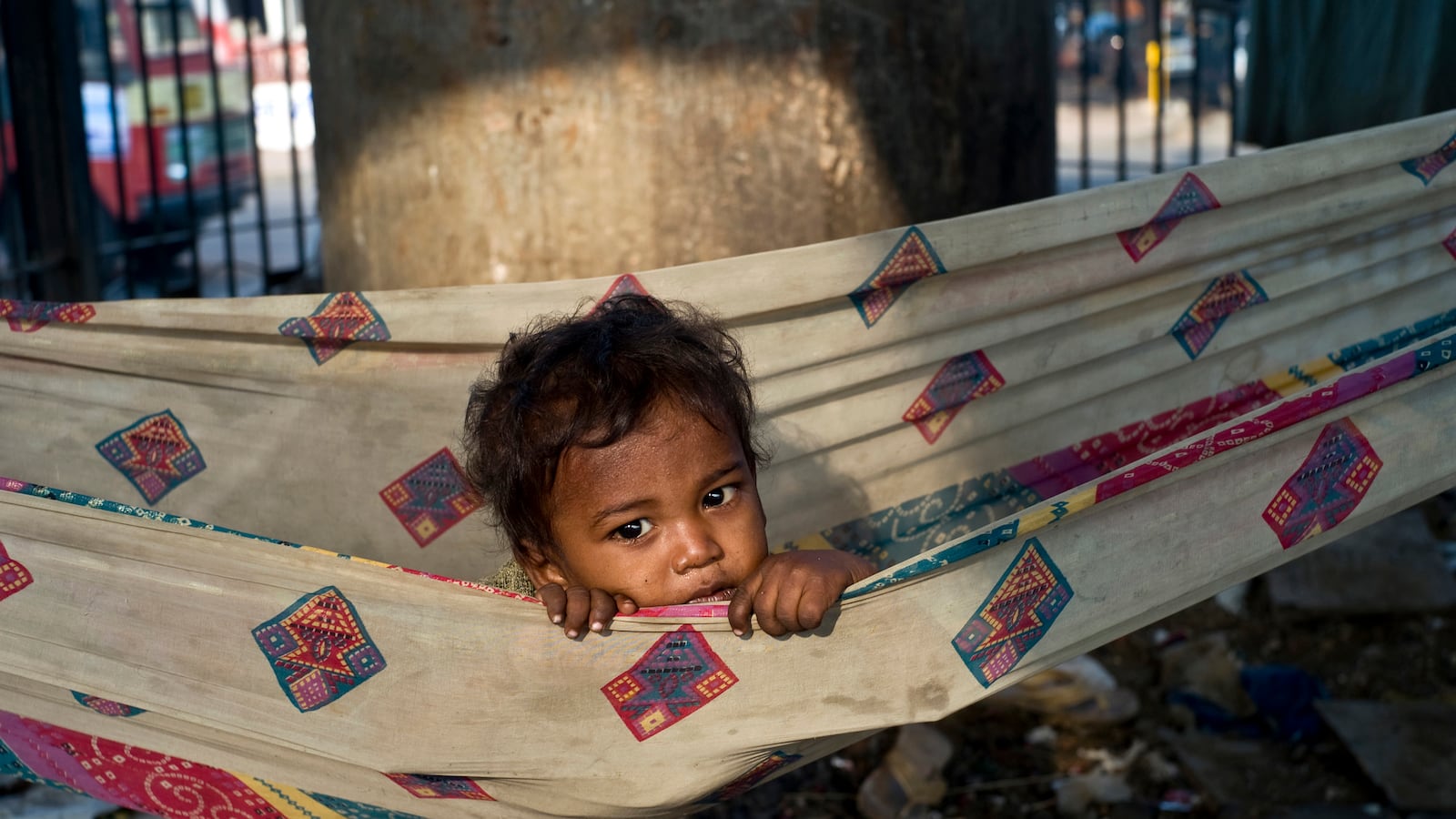“You’re never too young to talk about saving money.” It’s the sort of line one might hear a consultant tell wealthy American parents concerned about how their children will handle the riches they’ll inherit. But Jeroo Billimoria is addressing the people at the bottom of the world’s economic pyramid: children in the developing world. “If you want to break poverty, don’t start with the adults. Start with the young people,” she says.
Billimoria, 47, is a Mumbai-born serial social entrepreneur whose latest project is an ambitious effort to bring hundreds of millions of children into the world’s financial system. Billimoria started working with street kids in India 20 years ago, which led her to found Childline, a network of help lines in 74 of the country’s biggest cities. She took the concept global with Child Helpline International, which now operates in 153 countries.
At Child Helpline, Billimoria got a firsthand view of a conundrum that keeps kids in poverty and helps ensure that many poor kids mature into poor adults. “These street kids—12 to 14 years old—would earn 100 rupees a day ($1.50). And then at the end of the day, after eating their meal, they’d spend the leftover cash,” she says. They had nowhere to put the money and feared it would be stolen if they didn’t spend it. “People who live on $2 a day have the capability of amassing savings, but they don’t know where to put it.”
That led to her next effort, Aflatoun, which encourages financial literacy and savings among children. With her latest launch, Child & Youth Finance International, founded in 2011, Billimoria is aiming to scale up such efforts by enlisting banks and governments.
Billimoria lives in Amsterdam with her “Dutch, blond-haired, blue-eyed, 6-foot-6” husband and two children, a daughter, 12, and son, 11. C&YFI, which is based in the city, has a staff of 32, and receives funding from sources including the Dutch government and the MasterCard Foundation.
Banking has received something of a bum rap due to the scandals of recent years, she says. “One of the basic factors leading to the development of Europe and the U.S. has been the cooperative movements of savings banks, which made sure that money wasn’t kept under a blanket, and made sure that everybody could participate in the economic mainstream,” she says. In rural India, or rural Africa, the lack of access to banks is hindering development.
Billimoria prefers to focus on children, specifically kids aged between 10 and 18, many of whom are already working, she says. “If you don’t have financial inclusion from a very young age, you’re going to make sure that intergenerational poverty is going to continue.” She notes that the global financial system has shrewdly come up with ways to help children spend money. “Currently, it is easier for a child to get a credit card than it is to get a savings account,” she says. And kids can easily purchase apps, music, and other items with smartphones. But putting a few dollars or euros aside in a safe place is much more difficult.
C&YFI has several initiatives. During Global Money Week, which runs March 15–21, it will highlight efforts to encourage governments to create national strategies for children and young people, and to make sure that every child has a bank account. Thus far, 30 governments have signed on.
The real payoff will come by enlisting banks in developed countries to roll out products like a simple passbook savings account, or a mobile version thereof. Those are difficult to find, even in some of the most heavily banked countries in the world. “We had a young child from the U.S. email us who said he couldn’t open a savings account at a bank because it wanted a minimum $100 deposit,” Billimoria says.
After consulting with more than two dozen central banks, C&YFI has spelled out child-friendly criteria—no (or very small) minimum deposit, communication in clear language, minimal fees. Then it encourages banks to roll out the products that make sense for them. Equity Bank Kenya, for example, offers junior accounts without monthly charges or account fees. The minimum opening balance is 200 Kenyan shillings, about $2.30.
Billimoria argues that banks should look at the effort of setting up such accounts as customer-acquisition costs. Small accounts have a way of growing into larger ones. Mobile phones and information technology are reducing the cost of maintaining accounts and processing payments. What’s more, her experience has taught her that poor children, when given access, do save money—which they put to productive use. A child of landless laborers in rural India, “the poorest of the poor,” saved money to pay for school fees and is now employed as a social worker. A young man in Burkina Faso used savings from income made fixing bikes to open a bicycle shop and put his siblings through school. A group of girls from Egypt opened a saving club and bought school supplies for other kids in their community.
Besides, the money can add up. “There are a billion children in the age group who can start opening a bank account,” she said. If each saves $20 annually—a not unreasonable sum given the experience of some early efforts in the Dominican Republic, Mongolia, and Africa—that amounts to $20 billion a year.
C&YFI’s goal is to make financial education and savings accounts universal for kids completing primary school in the future, and to reach 100 million children in 100 countries through educational campaigns by 2015. As Billimoria puts it: “If you teach a child to save and give them access to savings, you’re reshaping the whole financial economy.”






